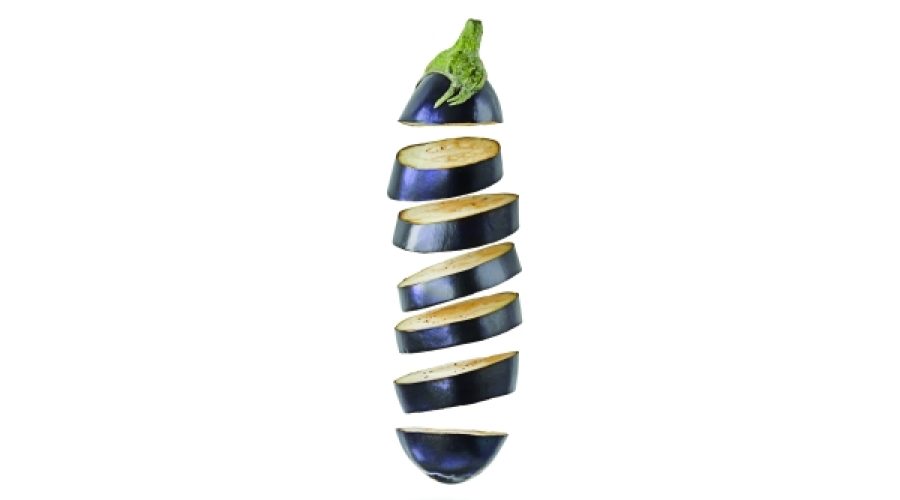Transforming Leftovers into Gourmet Meals: How This Trend Can Boost Your Restaurant’s Profitability in Oman
Reviving Tradition: Fatteh, the Versatile Arab Dish
Growing up in Jordan, Salam Dakkak experienced a unique dining ritual where the end of dinner merely signified a transformation rather than a conclusion. After the plates were cleared, her mother would take any leftover food—be it spinach stew, lentil soup, or sautéed vegetables—tear up old bread, reheat the dish, and top it with a cool yogurt sauce and fried nuts. "It wasn’t just leftovers," Dakkak stated. "It was a brand-new meal." This creation is known as fatteh.
Long before it grace restaurant menus or social media, fatteh—which derives its name from the Arabic verb fatta, meaning "to break or tear"—has been a cherished tradition in Arab households, embodying a generous, layered dish that rejuvenates leftover food.
At 62, Dakkak now serves fatteh at her Levantine restaurant, Bait Maryam, located in Dubai, UAE. She offers the classic chickpea-and-yogurt style alongside various innovative interpretations, some of which she helped pioneer, including Msakhan, a Palestinian dish featuring roasted chicken, sumac, and onions, initially introduced as fatteh in her establishment.
“The goal is to eliminate food waste,” Dakkak emphasized. “Whatever remains, you repurpose and make beautiful by adding new elements. Then—Ya Allah—just try how delicious it becomes.” Sawsan Daana, a Kuwait-based Palestinian chef and founder of Matbakhi, added, “People are turning everything into fatteh.”
Online, one can find rich, refined, and even theatrical interpretations of fatteh. However, its fundamental structure remains unchanged: crispy bread topped with warm ingredients (such as legumes, vegetables, or meats, and often rice in traditional versions), a cooling element (like yogurt or chili-lemon sauce), and a crunchy texture (fried nuts, pomegranate seeds, or additional toasted bread). With these core components, one can easily create a new variation every evening or prepare a quick dish for guests.
Yet, despite its potential, fatteh has not gained much traction among home cooks in the United States. Ahmad Alzahabi, a 28-year-old Syrian content creator in Michigan, noted, “Many dishes we grew up eating, like fatteh or mulukhiyah, are far less popular in restaurants.” He added that restaurants play a crucial role in introducing American diners to these traditional foods, prompting them to recreate them at home.
For restaurant owners, executing fatteh can present challenges. Philippe Massoud, chef-owner of Ilili in New York and Washington, D.C., remarked that the dish must be served immediately to maintain its appealing hot-and-cold, soft-and-crunchy contrast. “You have to prepare and serve it last,” he explained, making it difficult to keep on the regular menu.
However, fatteh’s allure is undeniable, with some venues making it a staple. At Oleana Restaurant and Moona in Cambridge, Massachusetts, fatteh is always available and consistently a top seller. “I fear our customers will launch a revolution if we take it off the menu,” joked Mohamad El Zein, the owner of Moona.
Ultimately, fatteh shines brightest in home kitchens. It serves as an economical, adaptable, and forgiving framework that offers satisfaction without excessive complication. It allows for creativity with what’s on hand while still delivering a feast-like experience. As Dakkak puts it, “Fatteh is not just one dish; it’s a format. It can be anything.”
Special Analysis by Omanet | Navigate Oman’s Market
The increasing popularity of fatteh and similar traditional dishes reflects a growing consumer demand for innovative, waste-conscious cuisine. This trend presents opportunities for Omani businesses to explore the fusion of local flavors with traditional dishes, tapping into sustainable practices that resonate with modern diners. Investors should consider backing culinary initiatives that emphasize cultural heritage while addressing contemporary dining preferences, as they could capitalize on this rising interest in both authenticity and sustainability.



